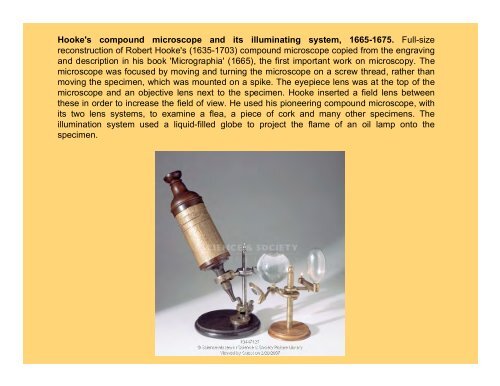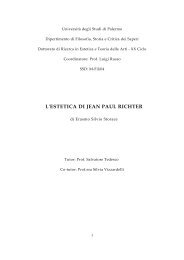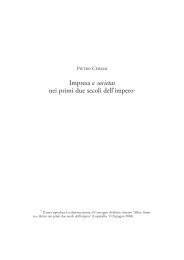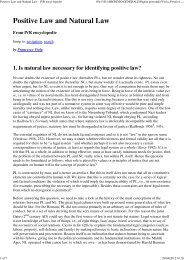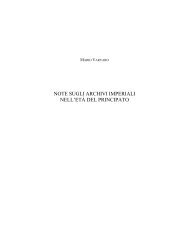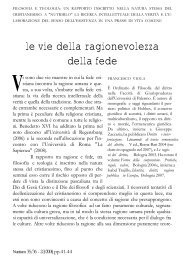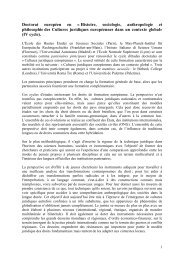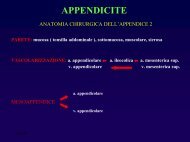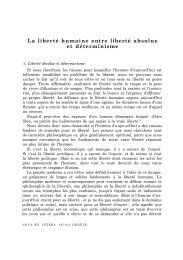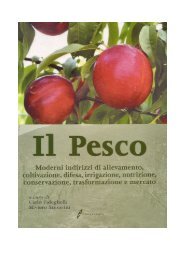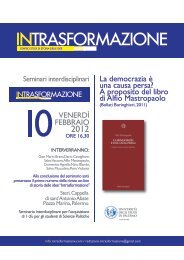E. T. A. Hoffmann - Mastro Pulce
E. T. A. Hoffmann - Mastro Pulce
E. T. A. Hoffmann - Mastro Pulce
You also want an ePaper? Increase the reach of your titles
YUMPU automatically turns print PDFs into web optimized ePapers that Google loves.
Hooke's compound microscope and its illuminating system, 1665-1675. Full-size<br />
reconstruction of Robert Hooke's (1635-1703) compound microscope copied from the engraving<br />
and description in his book 'Micrographia' (1665), the first important work on microscopy. The<br />
microscope was focused by moving and turning the microscope on a screw thread, rather than<br />
moving the specimen, which was mounted on a spike. The eyepiece lens was at the top of the<br />
microscope and an objective lens next to the specimen. Hooke inserted a field lens between<br />
these in order to increase the field of view. He used his pioneering compound microscope, with<br />
its two lens systems, to examine a flea, a piece of cork and many other specimens. The<br />
illumination system used a liquid-filled globe to project the flame of an oil lamp onto the<br />
specimen.


